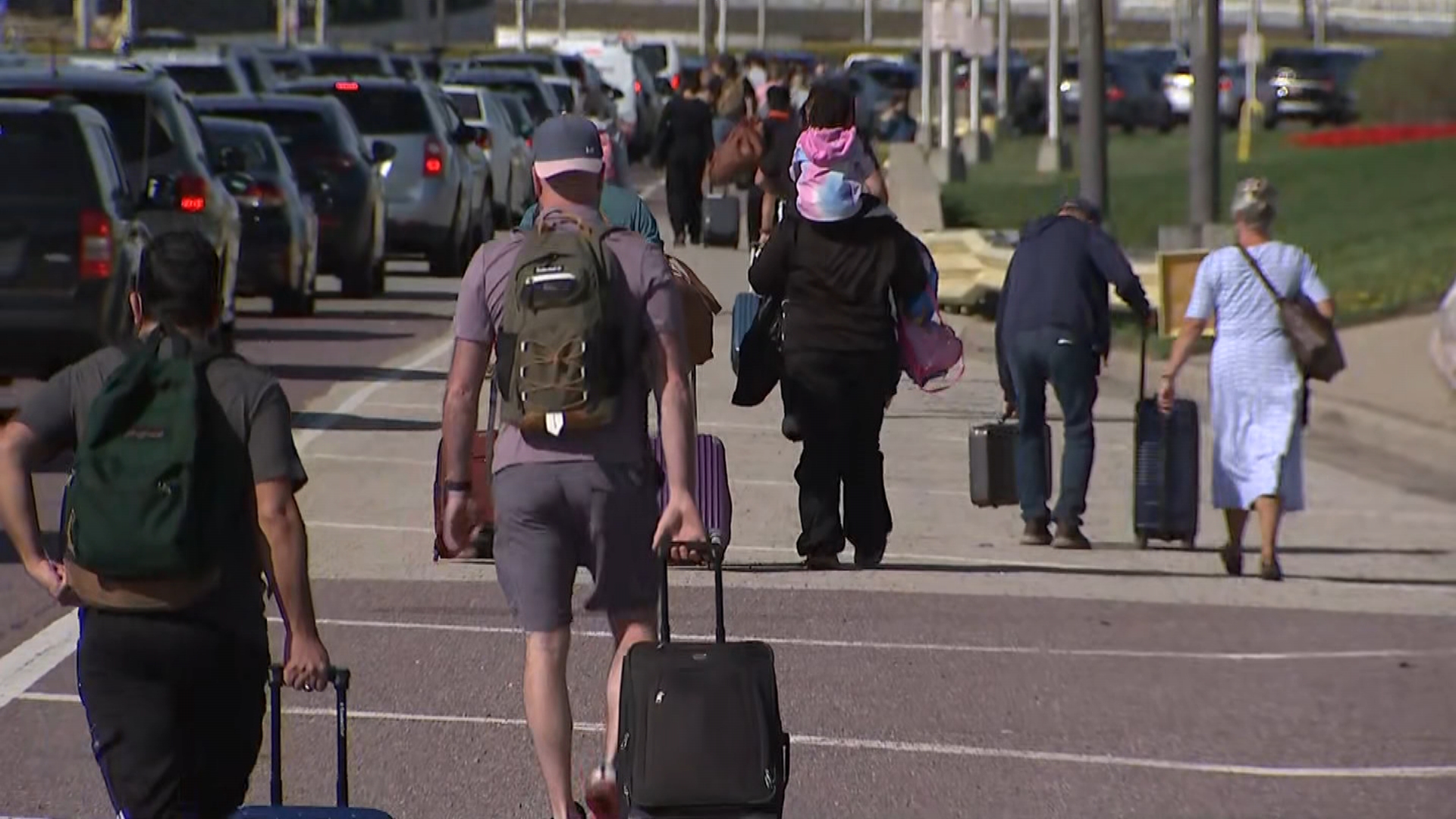The Chicago Department of Public Health confirmed a case of measles in Chicago Saturday, which officials say they identified on Friday.
According to the department, “exposures may have occurred on May 16 on public transportation from O’Hare International Airport to University of Illinois Chicago (UIC) campus, and the Chicago Loop, in Millennium Park and in retail establishments on State Street between Monroe and Randolph Streets and on South Canal Street.”
In addition, the statement released said further “exposures may have occurred at UIC Student Center East” on Friday morning.
The school issued a statement Sunday, saying that while there is "no ongoing risk to individuals on campus," they are still working with the CDPH in the aftermath of the exposure.
Officials identified three areas on campus where students or staff may have been exposed:
- Maria Robinson Hall between 10 a.m. on May 16 and 10 a.m. on May 17
- UIC Shuttle Bus from Maria Robinson Hall to Student Center East between 7:45 a.m. and 10 a.m. May 17
- Student Center East between 8 a.m. and 12 p.m. May 17
CDPH says health officials are working closely with the highest-risk areas to contact individuals who may have been exposed.
"Measles is a serious yet preventable disease through a safe, effective and universally available vaccine” said CDPH Commissioner Julie Morita, M.D. “Chicagoans should make sure their children and family members are up to date on vaccines now. Vaccination is the best way to protect against measles.”
Authorities suggest checking immunization records or contacting their healthcare providers to determine if they need to be immunized.
Symptoms of measles generally appear seven to 14 days after a person is infected. The disease typically begins with a high fever, cough, runny nose, and red, watery eyes.
Local
Three to five days after symptoms emerge, a rash generally breaks out, beginning on the face and spreading downward to the neck, trunk, arms, legs, and feet.
The disease can be transmitted up to four days before a rash breaks out and for up to four days afterward, according to health officials.
For more information, residents can visit the Department of Public Health website, or the Centers for Disease Control and Prevention website.



